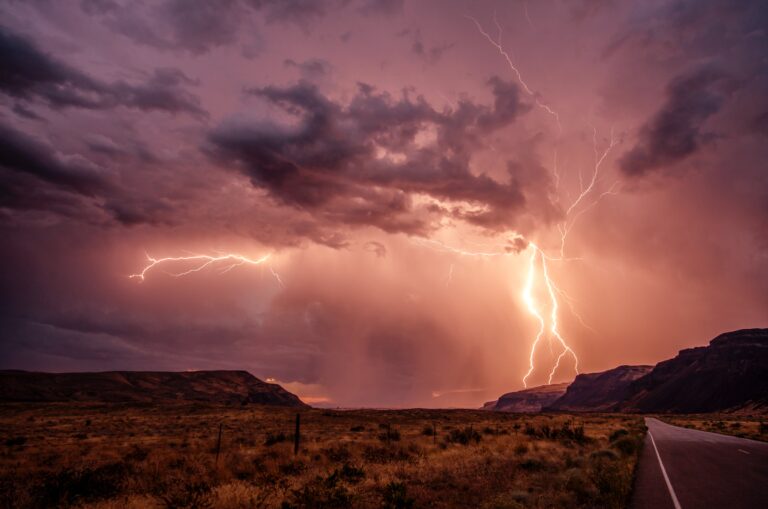Are There Any Oil Company Climate Heroes?

The IEA report “The Oil and Gas Industry in Net Zero Transition” made headlines, primarily because “Oil and gas producers account for only 1% of total clean energy investment globally.” It was particularly shocking because, according to McKinsey, the industry accounts for 9% of all human-caused greenhouse gas emissions. McKinsey also reported, “In addition, it produces the fuels that create another 33 percent of global emissions.” These percentages reinforce the pessimism about whether the results of global warming will slow.
The IEA’s report underscores the hopelessness many feel about a future in which the oil and gas industries will attempt to slow the climate crisis beyond symbolic ones. However, the IEA does point out four oil and gas companies that are exceptions. Sixty percent of the industry’s capital spending on clean energy investments in 2022 came from Equinor, TotalEnergies, Shell, and BP. Each spent 15% to 25% of their capital spending on clean energy investments.
Alternatives to capital spending by the oil and gas industry are M & A activity to invest in green energy companies or spin-outs of clean energy units so that they have direct access to capital.
While TotalEnergy remains largely an oil and gas company, it has built a large low-carbon electricity business. The corporation’s management points out, “ The Company’s objective is to produce more than 100 TWh/year by 2030, which would place it among the world’s top five producers of renewable electricity (wind and solar).” The problem with such statements is that the economy and business conditions will significantly affect these investments in the next seven years, making these projections potentially inaccurate.
The Norwegian government owns Equinor. The company has 22,000 employees in 30 countries. While it is primarily an oil and gas company, its offshore wind farms provide electricity for a modest one million homes. The company plans to be carbon neutral by 2050. Unfortunately, a forecast that far out in time is a wild guess. It is worth noting that Norway’s massive sovereign wealth fund, which holds over $1.2 trillion, was built exclusively on fossil fuel assets controlled by the country. Norway runs on oil.
Shell is the fourth largest oil and gas company in the world. The UK-based firm has an annual revenue of over $386 billion. Its environmental plans are also framed as having a 2050 end date. It calls these goals a “target”. Renewable hydrogen and biofuels are among the paths it plans to utilize to reach net zero emissions.
BP is the world’s fifth-largest oil and gas company, with revenue of $248 billion. BP makes it clear its primary revenue pillar is oil and gas. Management adds that it will continue to grow its hydrogen and renewables portfolio. It aims to have net zero energy production and corporate operations by 2050.
Despite the efforts these large companies are planning, the net zero goal line for all but one is 2050. These oil and gas corporations will simultaneously cross the net zero finish line only if there is an unfathomable coincidence.
More from ClimateCrisis 247
- Nvidia Works To Help AI’s Greatest Trouble
- Three Mile Island 1979 Meltdown Crippled US Nuclear For 50 Years
- World Leaders Abandon Green Plans, Climate Threats Grow
- Climate Fake News Penalties May Cost Billions





